7 easy tips to help you get on deck with the right composite decking
1. Prioritize ease of installation
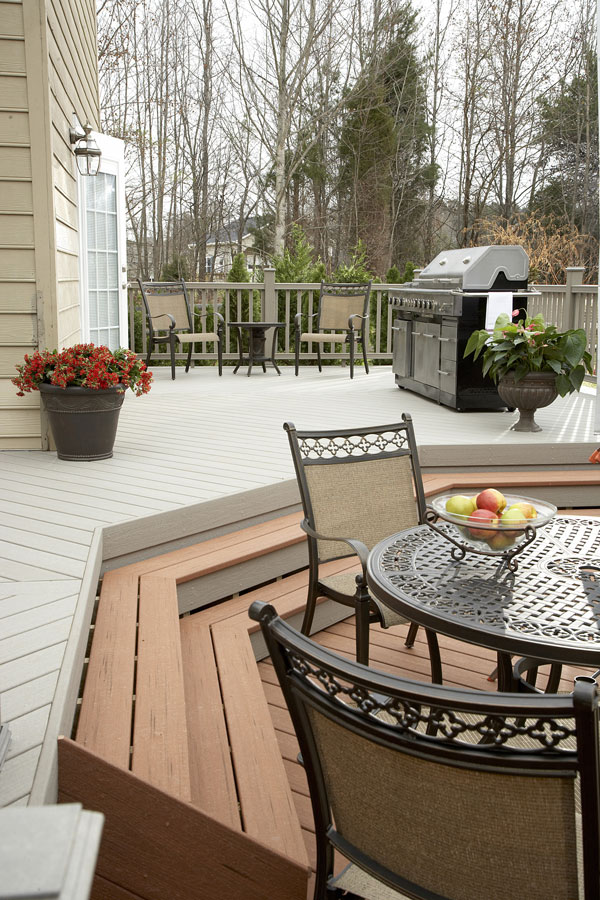
2. Protect against water contact

3. Ensure design flexibility
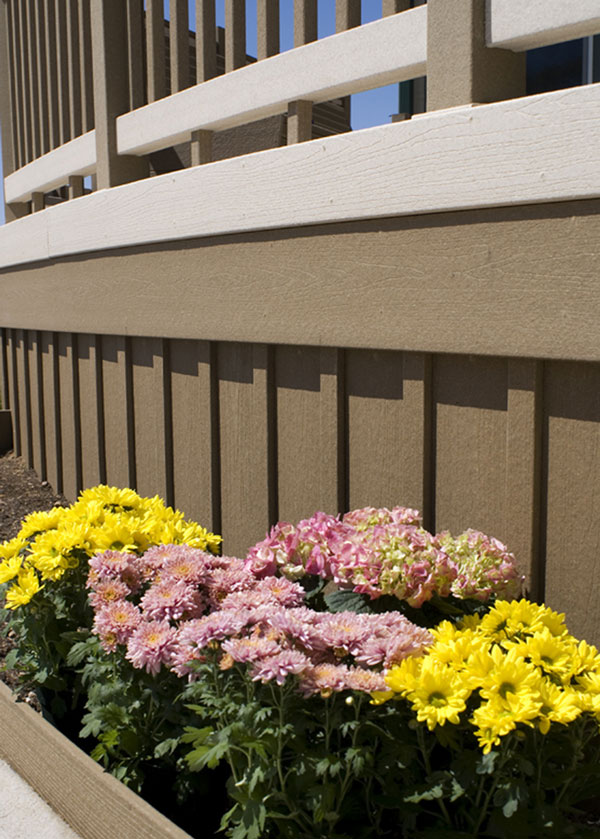
If your deck design calls for eye-catching curves and other special features, composites without a plastic shell provide the greatest level of design flexibility. DIYers and contractors can easily rip, route and bend the boards per manufacturer instructions with little risk of delamination, bubbling or peeling.
4. Capture the look of wood
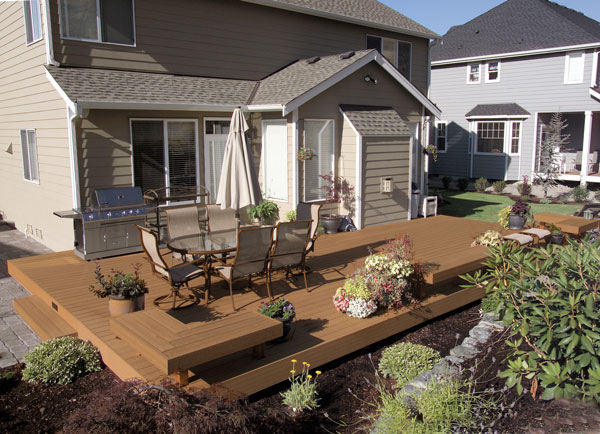
To capture the look of wood, use composite deck boards with a deeply embossed, wood grain texture. Boards with a mix of wood fibers and plastic allow for a natural weathering process that creates a beautiful, wood-like appearance. The plastic shell of capped products can make them appear less natural, but provide the boards with a higher fade and stain resistance.
5. Select decking with matching railing systems
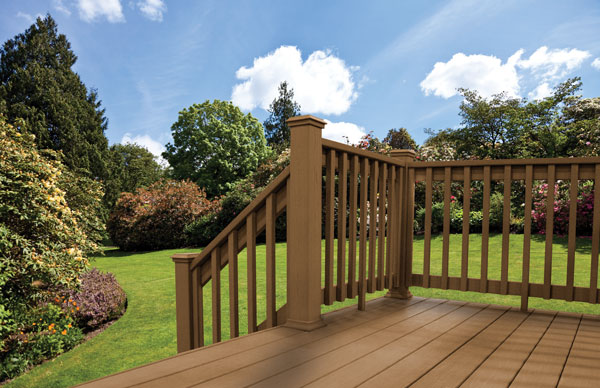
Composite decking lines with color-matched railing components and accessories make it easier to outfit your deck in style. To ensure you purchase the right amount of materials for each railing section, look for prepackaged, do-it-yourself kits with post sleeves, post caps and balusters, available in home improvement stores like Lowe’s.
6. Protect against slips
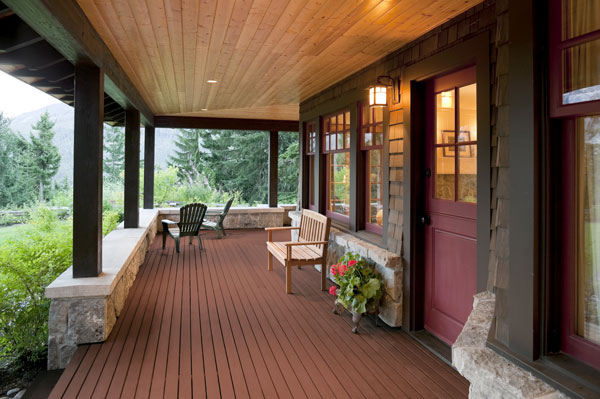
The plastic that wraps around capped composite decking can be slippery when wet. Where the safety of family and friends is a concern, use composite decking with a plastic and wood fiber mix. Its textured, wood-embossed surface has a higher coefficient of friction than plastic, and provides better slip resistance when people and pets walk over it.
7. Do your homework
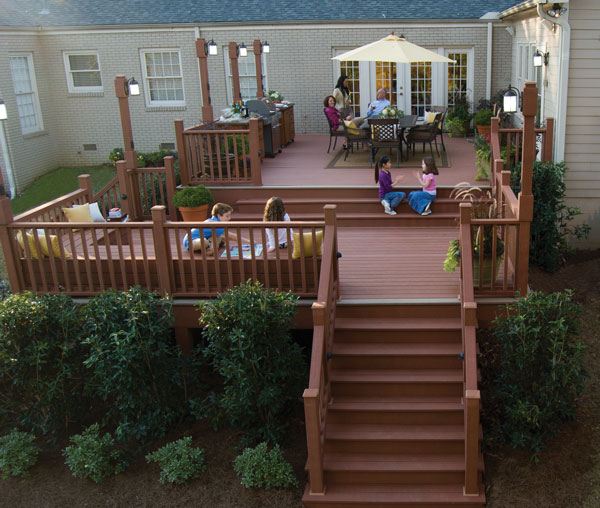
Not all composites are created equal. Before deciding on a particular composite decking brand, find out how the product is made, how long the manufacturer has been around and what their track record is. Research online or call the manufacturer to confirm durability, recycled content and warranty claims.
For more information on composite decking, visit choicedek.com.




